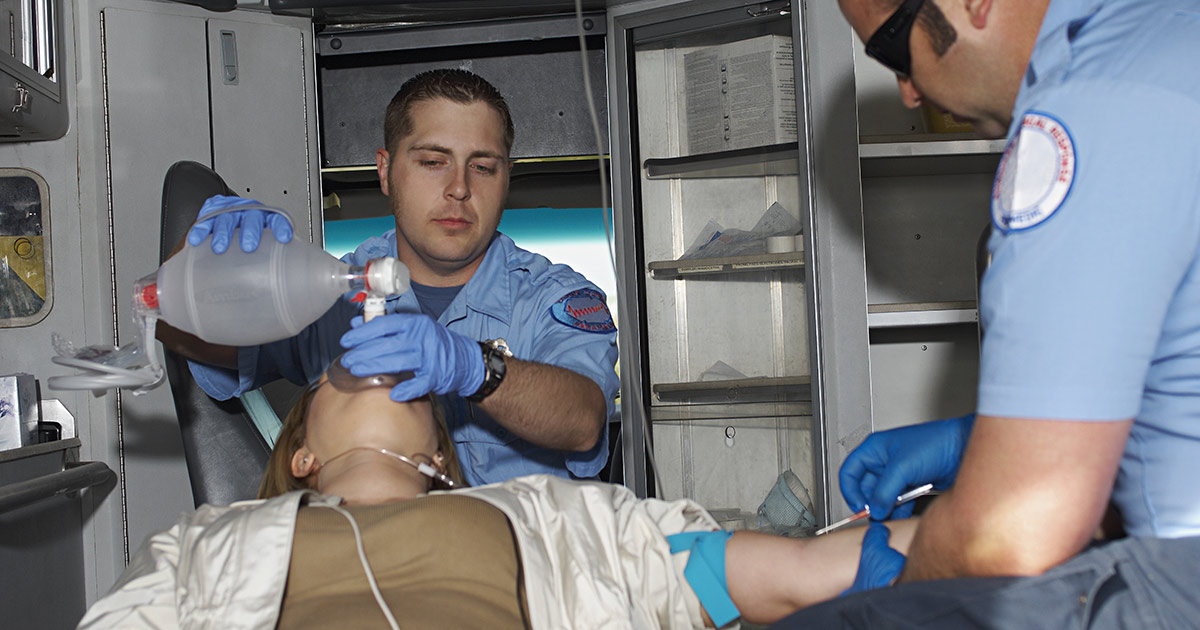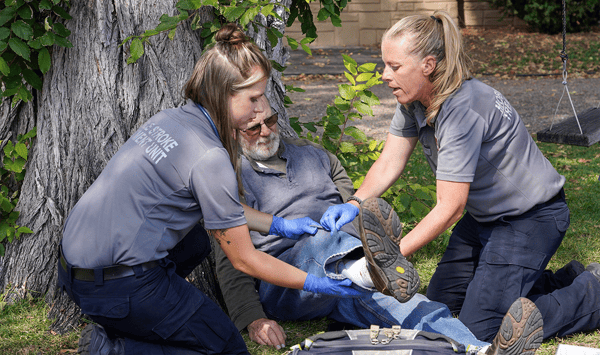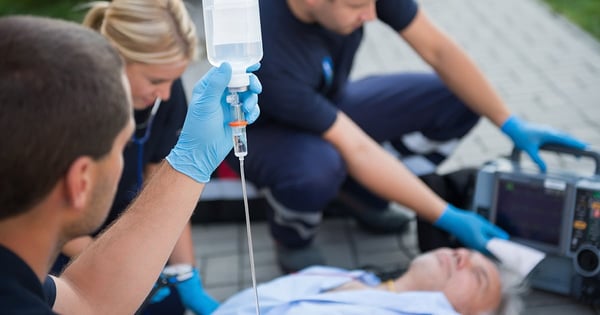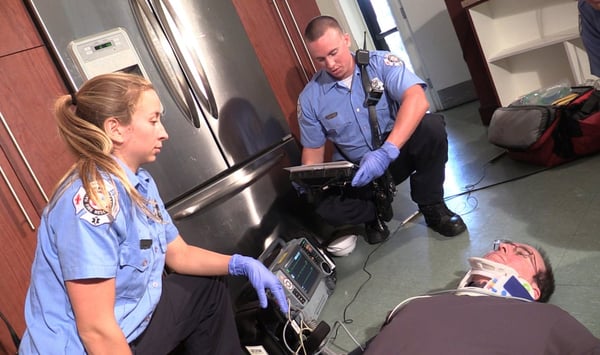Case Study: Cy-Fair Fire Department Cuts EMS Offload Times by 77%
Texas EMS Agency Slashes Hospital Offload Times For Low-Acuity Patients Down from 45 Minutes to 10.2 Minutes with Innovative Door-to-Lobby Protocol ...

Emergency Medical Services—EMS, for short—is a branch of healthcare, public health, and public safety that responds to calls for help, 24/7, in almost every community in our nation. EMS encompasses a number of different services and roles, providing vital lifesaving care for patients during times of emergency. There are around 1.05 million licensed EMS professionals across the U.S. and nearly 623,000 of these are EMTs, while over 268,000 are paramedics.
According to the National Association of Emergency Medical Technicians (NAEMT):
“EMS saves lives from heart attacks and strokes; treats injuries due to motor vehicle collisions, shootings, stabbings and other violence; and provides care for the many other illnesses and injuries that occur daily in the United States. In addition, EMS provides care for chronic illnesses and preventive care through community paramedicine and mobile integrated healthcare programs.
When communities are destabilized during mass casualty incidents – whether natural disasters (tornadoes, floods, hurricanes, pandemics) or man-made (terrorist attacks, explosions, active shooters) – EMS is the community lifeline that renders medical care and comforts the sick and frightened. As the COVID-19 pandemic has demonstrated, EMS practitioners serve as front-line medical responders during public health crises.”

In order to offer more clarity around the definition, roles, responsibilities, and services of EMS, NAEMT recently published a brief introduction to EMS. In What Is EMS?, NAEMT explores the range of services that EMS provides to your community, from 911 and disaster response to community paramedicine; the basics of how EMS operates, including staffing, delivery, and regulations; and how EMS is reimbursed for their services (which may surprise you).
Read on for some of the highlights, or check out the full guide here.


To learn more about the range of services EMS provides to the community, the basics of EMS operations, and how reimbursement affects the EMS workforce—and ultimately, patients and communities—download What Is EMS?
To learn about how EMS leaders are using cutting edge technology to help treat patients in place during the COVID-19 pandemic, check out 911-Initiated Telemedicine: How Clinical Leaders are Using Mobile Tech.

Texas EMS Agency Slashes Hospital Offload Times For Low-Acuity Patients Down from 45 Minutes to 10.2 Minutes with Innovative Door-to-Lobby Protocol ...
![Burnout in EMS: Recognize it, Fight it, Overcome it [2025 EMS Trend Survey]](https://www.pulsara.com/hubfs/stressed-female-paramedic-1200x630.jpg)
Editor's Note: In July 2025, EMS1 and Fitch & Associates released their annual EMS trend survey, What Paramedics Want, proudly sponsored by Pulsara....
![The EMS Workforce is Sounding the Alarm [2025 EMS Trend Survey]](https://www.pulsara.com/hubfs/tired-medic-sitting-in-amb-ppe@1200x630.jpg)
Editor's Note: In July 2025, EMS1 and Fitch & Associates released their annual EMS trend survey, What Paramedics Want, proudly sponsored by Pulsara....